Home>Storage Ideas>Kitchen Storage>10 New Kitchen Surface Materials That Make A Statement
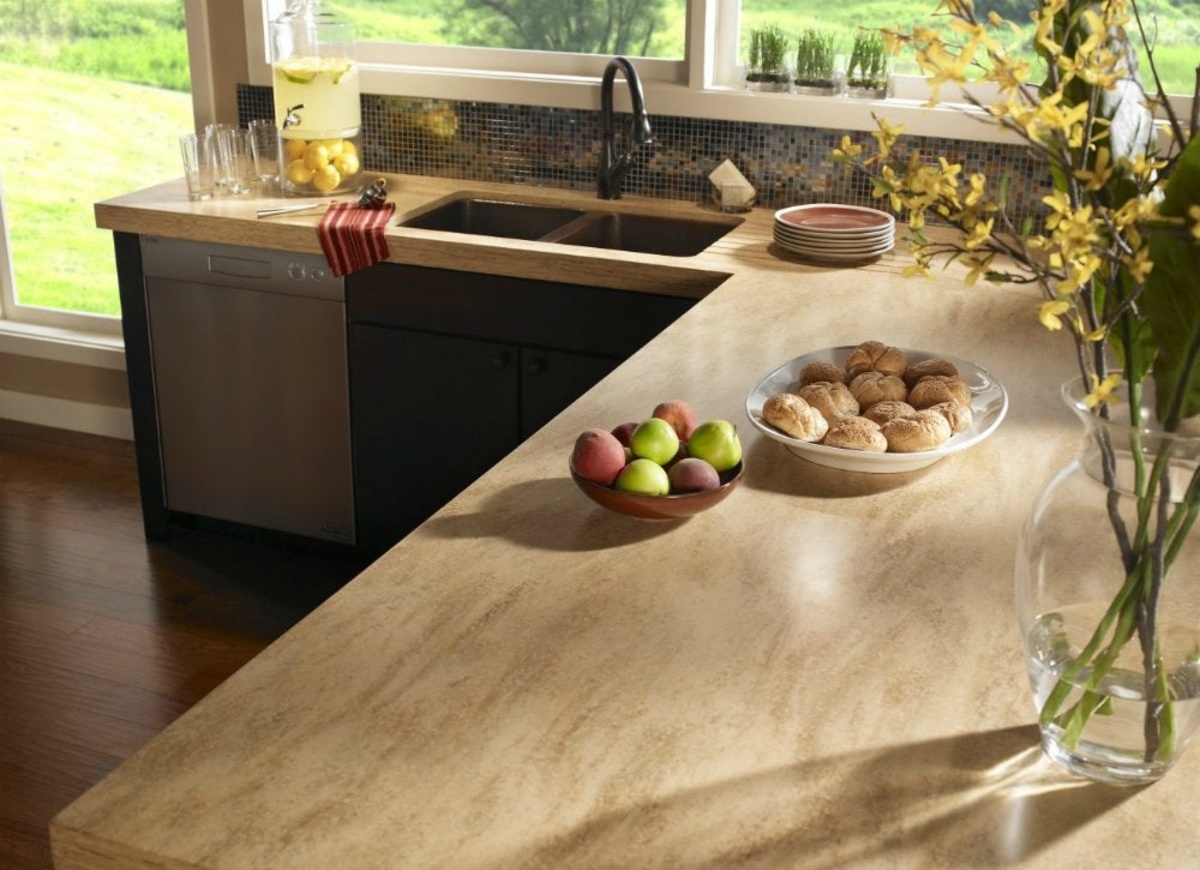

Kitchen Storage
10 New Kitchen Surface Materials That Make A Statement
Modified: November 2, 2024
Discover 10 new kitchen surface materials that make a statement. Transform your cooking space with these innovative kitchen storage ideas.
(Many of the links in this article redirect to a specific reviewed product. Your purchase of these products through affiliate links helps to generate commission for Storables.com, at no extra cost. Learn more)
Introduction
When it comes to kitchen design, the choice of surface material plays a crucial role in both functionality and aesthetic appeal. A well-chosen kitchen surface can transform the entire look and feel of the space, making it a focal point that reflects your personal style and taste. While traditional options like granite and marble have long been popular choices, there is a world of new and innovative materials that can take your kitchen to the next level.
In this article, we will explore ten exciting kitchen surface materials that can make a statement in your home. From sleek and modern to eco-friendly and unique, there is something for every style and preference. So, let’s dive in and discover the possibilities!
Key Takeaways:
- Elevate your kitchen with 10 statement surface materials, from sleek concrete to warm copper, offering durability, style, and unique design options to reflect your personal taste and functionality needs.
- Discover the world of kitchen surface materials, where practicality meets luxury. Whether it’s the timeless appeal of quartzite or the modern elegance of glass, find the perfect material to transform your kitchen into a stunning space.
Concrete
Concrete may not be the first material that comes to mind when you think of kitchen surfaces, but it has become increasingly popular in modern kitchen designs. With its clean lines and industrial appeal, concrete countertops and floors can add a sleek and contemporary touch to any kitchen.
One of the advantages of concrete is its versatility. It can be custom-designed and shaped to fit any space and can be finished in various ways to achieve different looks. From smooth and polished to textured and stained, concrete can be tailored to match your desired style.
Another benefit of concrete surfaces is their durability. Concrete is known for its strength and resistance to scratches, stains, and heat. With proper sealing and regular maintenance, concrete countertops can withstand the rigors of daily kitchen use.
Concrete also offers practical advantages in terms of hygiene. Its non-porous surface limits the growth of bacteria and makes cleaning a breeze. However, it’s important to note that concrete can be prone to hairline cracks and may require periodic sealing to maintain its integrity.
When it comes to color options, concrete offers a wide range of possibilities. Pigments can be added to the mixture to create different hues, or it can be left natural for a minimalist look. Additionally, concrete can be stamped or imprinted to mimic the appearance of other materials such as stone or wood.
If you’re looking to make a statement in your kitchen with a unique and contemporary surface material, consider concrete for its versatility, durability, and modern appeal.
Glass
Glass surfaces in the kitchen can add a touch of elegance and sophistication to the space. With its sleek and reflective properties, glass offers a modern and stylish alternative to traditional materials. Whether used as countertops, backsplashes, or cabinet doors, glass surfaces can instantly elevate the look of your kitchen.
One of the key advantages of using glass is its ability to create the illusion of space. Glass surfaces can make a small kitchen feel larger by reflecting light and giving a sense of openness. This is especially beneficial in kitchens with limited natural light or tight layouts.
Glass surfaces are also highly durable and easy to clean. They are resistant to stains, scratches, and heat, making them a practical choice for a busy kitchen. Additionally, glass is non-porous, which means it doesn’t absorb moisture or harbor bacteria, making it hygienic and easy to maintain.
When it comes to design, glass offers endless possibilities. It can be clear, translucent, or even frosted to provide varying levels of privacy. Glass can also be customized with different colors and patterns to match your desired aesthetic.
Another advantage of glass surfaces is their versatility. They can be combined with other materials, such as stainless steel or wood, to create a unique and visually appealing look. Glass can also be backlit or illuminated to create a striking visual impact in your kitchen.
While glass surfaces are durable, it’s important to note that they can be prone to fingerprints and smudges. Regular cleaning with a glass cleaner or mild soap and water is necessary to keep them looking pristine.
If you’re looking to add a touch of modernity and sophistication to your kitchen, consider incorporating glass surfaces. Their reflective properties, durability, and design versatility make them a statement material that is sure to impress.
Quartzite
Quartzite is a natural stone that has been gaining popularity as a kitchen surface material due to its beauty and durability. Formed from sandstone and transformed by heat and pressure, quartzite is known for its unique veining and vibrant colors, making it a stunning addition to any kitchen.
One of the main advantages of quartzite is its high resistance to heat, scratches, and stains. This makes it an ideal choice for a kitchen where durability is essential. Quartzite is also non-porous, meaning it doesn’t absorb liquids or bacteria, making it hygienic and easy to clean.
Another key feature of quartzite is its natural beauty. Its unique patterns and colors, ranging from soft whites and creams to bold greys and blues, can create a striking visual impact in the kitchen. Each slab of quartzite is unique, adding an element of exclusivity and luxury to your space.
Quartzite is also a versatile material that can be used for countertops, backsplashes, and even flooring. Its inherent strength and durability make it suitable for high-traffic areas, while its natural beauty adds a touch of elegance and sophistication to the overall design.
When it comes to maintenance, quartzite is relatively low-maintenance compared to other natural stones. Regular cleaning with a mild soap and water solution is typically sufficient to keep its beautiful appearance intact. However, it’s recommended to use cutting boards and trivets to prevent scratches and damage.
While quartzite is a stunning material, it’s important to note that proper sealing is necessary to enhance its longevity and prevent staining. Consulting with a professional is advisable to ensure proper installation and sealing of your quartzite surfaces.
If you’re looking for a durable and breathtaking material for your kitchen surfaces, quartzite is an excellent choice. Its natural beauty, strength, and resistance to heat and stains make it a statement material that will stand the test of time.
Porcelain
Porcelain is a versatile and durable material that is making waves in the world of kitchen surfaces. Made from a mixture of clay, feldspar, and silica, porcelain offers a wide range of design options and practical benefits that make it an attractive choice for modern kitchens.
One of the advantages of porcelain is its resistance to scratches, stains, and heat. It is a non-porous material, meaning it doesn’t absorb liquids or harbor bacteria, making it hygienic and easy to clean. Porcelain countertops and backsplashes are highly durable and can withstand the demands of a busy kitchen.
Another benefit of porcelain surfaces is their versatility in design. Porcelain can mimic the look of natural stones such as marble or granite, without the high maintenance and cost associated with those materials. Porcelain slabs can also be manufactured to have consistent veining and patterns, providing a uniform appearance in your kitchen.
In addition to its aesthetic appeal, porcelain surfaces are known for their resistance to UV rays, making them suitable for both indoor and outdoor applications. This makes porcelain a great choice for kitchens with large windows or outdoor cooking areas.
Porcelain is also highly resistant to fading, making it a durable and long-lasting option for kitchen surfaces. Its color remains vibrant even with prolonged exposure to sunlight, ensuring that your kitchen maintains its beauty for years to come.
As with any material, proper care and maintenance are essential for porcelain surfaces. Regular cleaning with a mild soap and water solution is recommended to keep them looking their best. It’s also important to avoid harsh chemical cleaners or abrasive materials that could potentially damage the surface.
If you’re looking for a versatile, durable, and low-maintenance material for your kitchen surfaces, porcelain is a fantastic choice. Its wide range of design options, resistance to scratches and heat, and longevity make it a statement material that will enhance the beauty of your kitchen.
Read more: How To Pay For New Roof
Stainless Steel
Stainless steel has long been a favorite choice for commercial kitchens, but it has also become increasingly popular in residential kitchens. With its sleek and modern appearance, stainless steel offers a contemporary and professional look that can instantly elevate the style of your kitchen.
One of the main advantages of stainless steel surfaces is their durability. Stainless steel is resistant to stains, heat, and corrosion, making it a highly practical choice for a busy kitchen. It is also hygienic and easy to clean, as it does not absorb bacteria or odors.
Stainless steel surfaces are also known for their versatility. They can be seamlessly integrated into any kitchen design, whether it be a modern, industrial, or minimalist aesthetic. Stainless steel countertops, backsplashes, and even cabinets can create a cohesive and sleek look in your kitchen.
One of the key features of stainless steel is its ability to reflect light, which can make a small kitchen appear larger and more spacious. It also pairs well with other materials, such as wood or glass, allowing for a variety of design options.
While stainless steel is durable, it’s important to note that it can be prone to scratching. However, minor scratches can blend into the overall patina of the surface over time, giving it a unique character. Regular cleaning with a mild soap and water solution and the use of non-abrasive cleaning tools can help maintain its appearance.
In terms of maintenance, stainless steel surfaces require minimal effort. They are resistant to stains and do not require sealing or special treatments. However, it’s important to avoid using harsh chemicals or abrasive cleaners, as this can damage the surface.
If you’re seeking a sleek, modern, and durable kitchen surface material, stainless steel is an excellent choice. Its durability, versatility, and easy maintenance make it a statement material that will enhance the functionality and style of your kitchen.
When choosing a new kitchen surface material, consider factors such as durability, maintenance, and style. Look for materials like quartz, concrete, or stainless steel that offer both functionality and visual impact.
Reclaimed Wood
Reclaimed wood is a unique and eco-friendly choice for kitchen surfaces that adds warmth, character, and a touch of rustic charm to the space. This material is sourced from old buildings, barns, or railway ties, giving it a rich history and a distinctive appearance.
One of the main advantages of reclaimed wood is its sustainability. By repurposing old wood, you are minimizing the demand for new timber and reducing environmental impact. Reclaimed wood also adds a sense of authenticity and natural beauty to your kitchen.
Each piece of reclaimed wood is unique, with its own distinct markings, knots, and color variations. This natural variation adds character and creates a one-of-a-kind look in your kitchen. Whether used as countertops, cabinetry, or even flooring, reclaimed wood surfaces bring a sense of warmth and nostalgia to the space.
Reclaimed wood is also highly durable when properly cared for. It has already withstood the test of time, so it is less prone to warping and splitting compared to new wood. However, it’s important to note that the wood may require periodic maintenance, such as sanding and resealing, to maintain its integrity.
Another advantage of reclaimed wood surfaces is their versatility in design. They can be paired with various styles, from farmhouse to industrial, and blend seamlessly with other materials like stainless steel or concrete. Reclaimed wood also works well in creating contrast and balance in a contemporary kitchen.
When it comes to maintenance, using gentle cleansers and avoiding harsh chemicals is recommended to preserve the natural patina of the wood. Regular dusting and keeping the surface dry can help prevent water damage and maintain its beauty over time.
If you’re looking for a sustainable and unique material that adds warmth and character to your kitchen, reclaimed wood is an excellent choice. Its rich history, durability, and versatility make it a statement material that will bring a sense of charm and authenticity to your space.
Corian
Corian is a popular and versatile kitchen surface material that is known for its seamless appearance and wide range of design options. Made from a blend of acrylic polymers and natural minerals, Corian offers a sleek and modern look that can enhance the aesthetic appeal of any kitchen.
One of the key advantages of Corian is its ability to be seamlessly integrated and molded into various shapes and forms. This makes it an excellent choice for custom designs, as it can be fabricated to fit any space or style. With Corian, you can achieve a clean and streamlined look without visible joints or seams.
Corian surfaces are highly durable and resistant to stains, scratches, and heat. They are non-porous, which means they do not absorb liquids or harbor bacteria, making them hygienic and easy to clean. Regular cleaning with mild soap and water is typically sufficient to maintain the surface’s appearance.
One of the unique features of Corian is its extensive color palette. It comes in a wide selection of hues, from vibrant and bold to neutral and subtle. This allows you to choose a color that matches your kitchen’s overall design and personal style. Corian can also be translucent, allowing for innovative backlighting options.
In addition to its design versatility, Corian surfaces can include integrated sinks and backsplashes, eliminating the need for separate installations. This creates a seamless and cohesive look and simplifies the cleaning process.
While Corian is a durable material, it’s important to note that it can be prone to scratches and requires proper care. Avoid using abrasive cleaners or scrubbing pads that can damage the surface. Additionally, using cutting boards and trivets for hot items is recommended to prevent heat damage.
If you’re looking for a versatile and visually appealing surface material for your kitchen, Corian is an excellent choice. Its seamless design, durability, and extensive color options make it a statement material that can elevate the style and functionality of your kitchen.
Laminate
Laminate is a budget-friendly and versatile kitchen surface material that offers a wide range of design options and practical benefits. Made from layers of plastic bonded to a particle board core, laminate surfaces are known for their durability, affordability, and ease of maintenance.
One of the main advantages of laminate surfaces is their extensive design choices. Laminate can mimic the look of various materials, such as wood, stone, and even metal. This allows you to achieve the desired aesthetic for your kitchen at a fraction of the cost of natural materials.
Laminate surfaces are highly resistant to scratches, stains, and heat. They are non-porous, which means spills can be easily wiped away without leaving permanent marks. Laminate is also resistant to fading, making it a durable and long-lasting option for your kitchen.
In addition to its practicality, laminate surfaces are easy to install and maintain. They come in pre-cut sizes and can be easily fitted onto existing cabinets or countertops. Cleaning laminate surfaces is as simple as using a mild soap and water solution or a non-abrasive household cleaner, making it a low-maintenance option for busy households.
Laminate surfaces are also resistant to bacteria growth and food stains, making them hygienic and suitable for food preparation areas. However, it’s important to note that excessive exposure to heat can cause the laminate to peel or warp, so using trivets or hot pads for hot pots and pans is recommended.
While laminate surfaces offer many benefits, it’s important to be mindful of its limitations. Heavy impact or sharp objects can potentially cause scratches or damage to the surface. It’s also advisable to avoid cutting directly on laminate countertops to prevent cuts and scratches.
If you’re looking for an affordable and versatile kitchen surface material, laminate is an excellent choice. Its extensive design options, durability, and ease of maintenance make it a statement material that can transform the look of your kitchen without breaking the bank.
Terrazzo
Terrazzo is a unique and visually striking kitchen surface material that has been making a comeback in recent years. This composite material is made by combining chips of marble, quartz, glass, or other decorative materials with a cement or resin binder, creating a surface that is both durable and aesthetically appealing.
One of the key features of terrazzo is its versatility in design. It comes in a wide array of colors and patterns, allowing you to create a personalized and eye-catching look in your kitchen. Whether you prefer a minimalistic monochromatic design or a bold and vibrant pattern, terrazzo surfaces can be customized to match your style.
Terrazzo surfaces are known for their durability and resistance to scratches and stains. The addition of the binder makes terrazzo less porous than natural stone, making it easier to maintain and clean. Regular sealing and routine care, such as using mild soap and water, will help to preserve the beauty of the surface.
Another advantage of terrazzo surfaces is their unique and timeless appeal. The combination of different materials creates a visually interesting and dynamic surface that can become a focal point in your kitchen. The speckled or veined patterns in terrazzo add texture and depth, creating a stunning visual impact.
Terrazzo is also a sustainable choice for kitchen surfaces. The use of recycled materials and low VOC materials in its production contributes to environmental conservation. Being long-lasting and resistant to wear and tear, terrazzo surfaces also reduce the need for frequent replacements.
It’s worth noting that although terrazzo surfaces are durable, they can be prone to surface etching when exposed to acidic substances. It’s important to promptly wipe up spills and avoid using acidic cleaners that may lead to discoloration or damage. Regular sealing is recommended to maintain the longevity and appearance of the terrazzo surface.
If you’re looking for a unique and resilient kitchen surface material, terrazzo is an excellent choice. Its versatility in design, durability, and sustainability make it a statement material that will add a touch of sophistication and character to your kitchen.
Copper
Copper is an exceptional and visually striking material that can add a touch of warmth, elegance, and timelessness to your kitchen surfaces. Known for its distinctive reddish-brown hue, copper surfaces offer a unique and luxurious look that stands out from more traditional options.
One of the main attractions of copper is its ability to develop a natural patina over time. As it ages, copper changes color, gradually developing a beautiful and rich finish that adds character and charm to your kitchen. This process gives copper surfaces a unique and timeless appeal.
In addition to its aesthetic appeal, copper has natural antimicrobial properties. It has been found to have inherent antibacterial and antiviral properties, making it a hygienic choice for kitchen surfaces. This characteristic sets copper apart from other materials, as it can contribute to a healthier and cleaner kitchen environment.
Copper surfaces are also highly durable and resistant to corrosion. They can withstand heat, making them ideal for use near stovetops or as a countertop material. However, it’s important to note that copper is a soft material and can be prone to scratching, so it’s advisable to use cutting boards and to handle with care.
While copper surfaces require regular maintenance to preserve their appearance and prevent tarnishing, they can be easily cleaned with a mixture of lemon juice and salt or with specially formulated copper cleaners. This will help to maintain the lustrous shine or embrace the natural patina, depending on your preference.
When it comes to design versatility, copper surfaces can be combined with other materials such as wood or stone to create a stunning contrast or blend seamlessly with the overall kitchen design. Its warm and reflective properties also contribute to creating a cozy and inviting atmosphere.
It’s important to weigh the pros and cons of copper surfaces before choosing them for your kitchen. While they offer unique beauty and antimicrobial properties, they require more regular maintenance compared to other materials and can be more susceptible to wear and tear.
If you’re looking to make a bold statement in your kitchen and create a warm and luxurious space, copper surfaces are an excellent option. Their unique beauty, antimicrobial properties, and timeless appeal make them a statement material that will make your kitchen truly stand out.
Conclusion
Choosing the right kitchen surface material is crucial for creating a functional and visually appealing space. The ten materials discussed in this article offer a wide range of options that can make a statement in your kitchen.
From the sleek and modern look of concrete and glass to the natural beauty of quartzite and reclaimed wood, each material has its own unique qualities and benefits. Whether you prefer durability, sustainability, or a luxurious aesthetic, there is a kitchen surface material that suits your style and needs.
It’s important to consider factors such as durability, maintenance requirements, and design versatility when selecting the ideal kitchen surface material. The materials covered in this article, such as stainless steel, laminate, and Corian, offer practicality and affordability without compromising on style.
For those who seek something more distinctive, materials like terrazzo, copper, and quartzite offer a captivating and luxurious appeal that can become the focal point of your kitchen. Their unique properties and visual impact will elevate your kitchen to new heights.
Remember to consider your personal preferences, budget, and the overall design theme of your kitchen when making your selection. It’s also a good idea to consult with professionals to ensure proper installation and maintenance of your chosen surface materials.
Whether you opt for a bold and modern statement or a timeless and rustic charm, the kitchen surface materials discussed in this article offer endless possibilities for creating a kitchen that reflects your style and functionality needs.
So, go ahead and explore the world of kitchen surface materials. With the right choice, you can transform your kitchen into a stunning space that you’ll enjoy for years to come.
Frequently Asked Questions about 10 New Kitchen Surface Materials That Make A Statement
Was this page helpful?
At Storables.com, we guarantee accurate and reliable information. Our content, validated by Expert Board Contributors, is crafted following stringent Editorial Policies. We're committed to providing you with well-researched, expert-backed insights for all your informational needs.
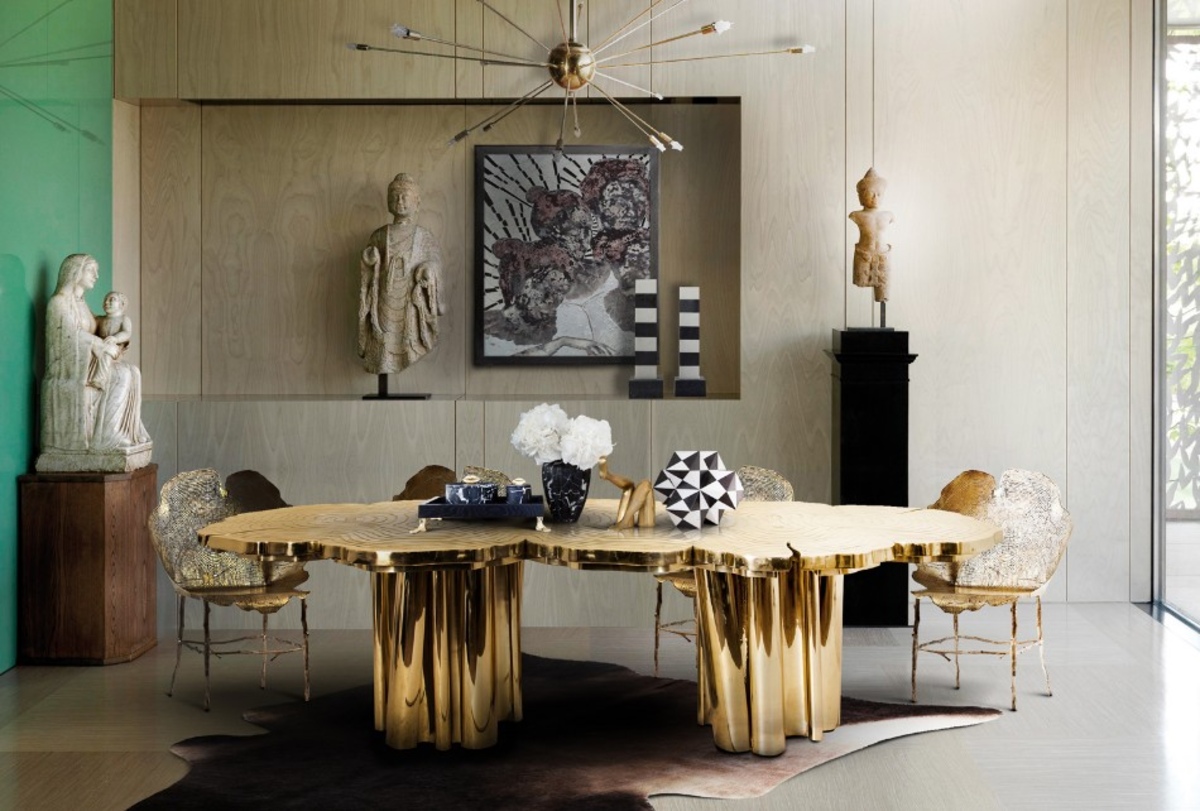
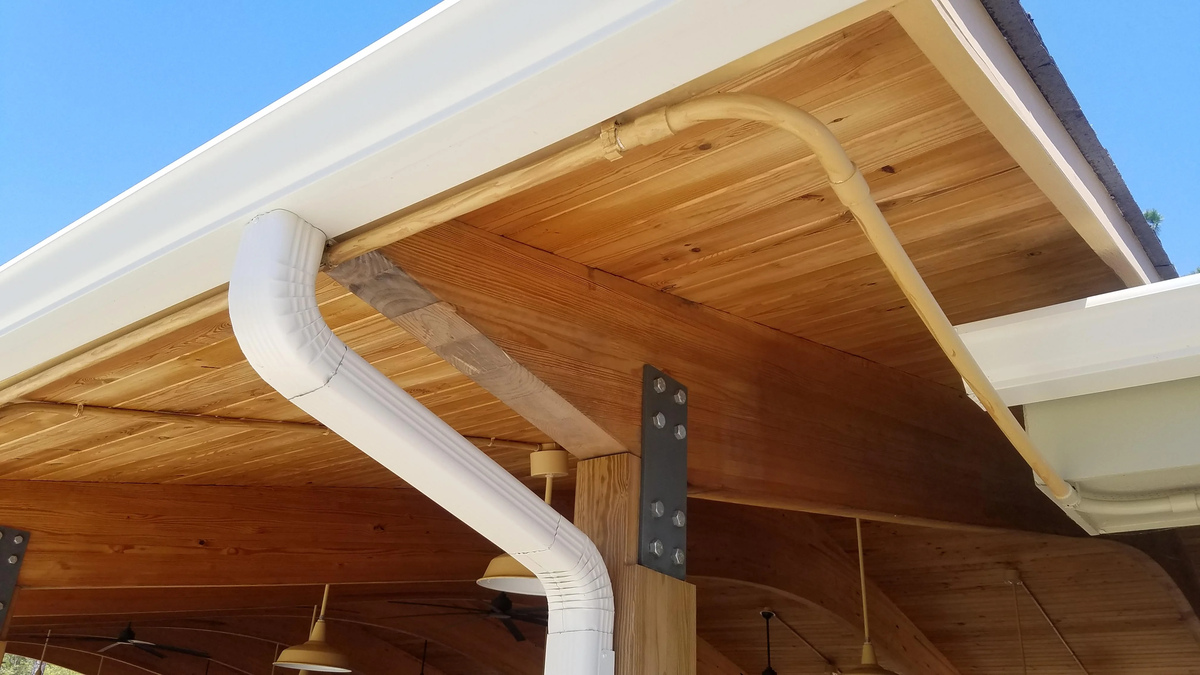
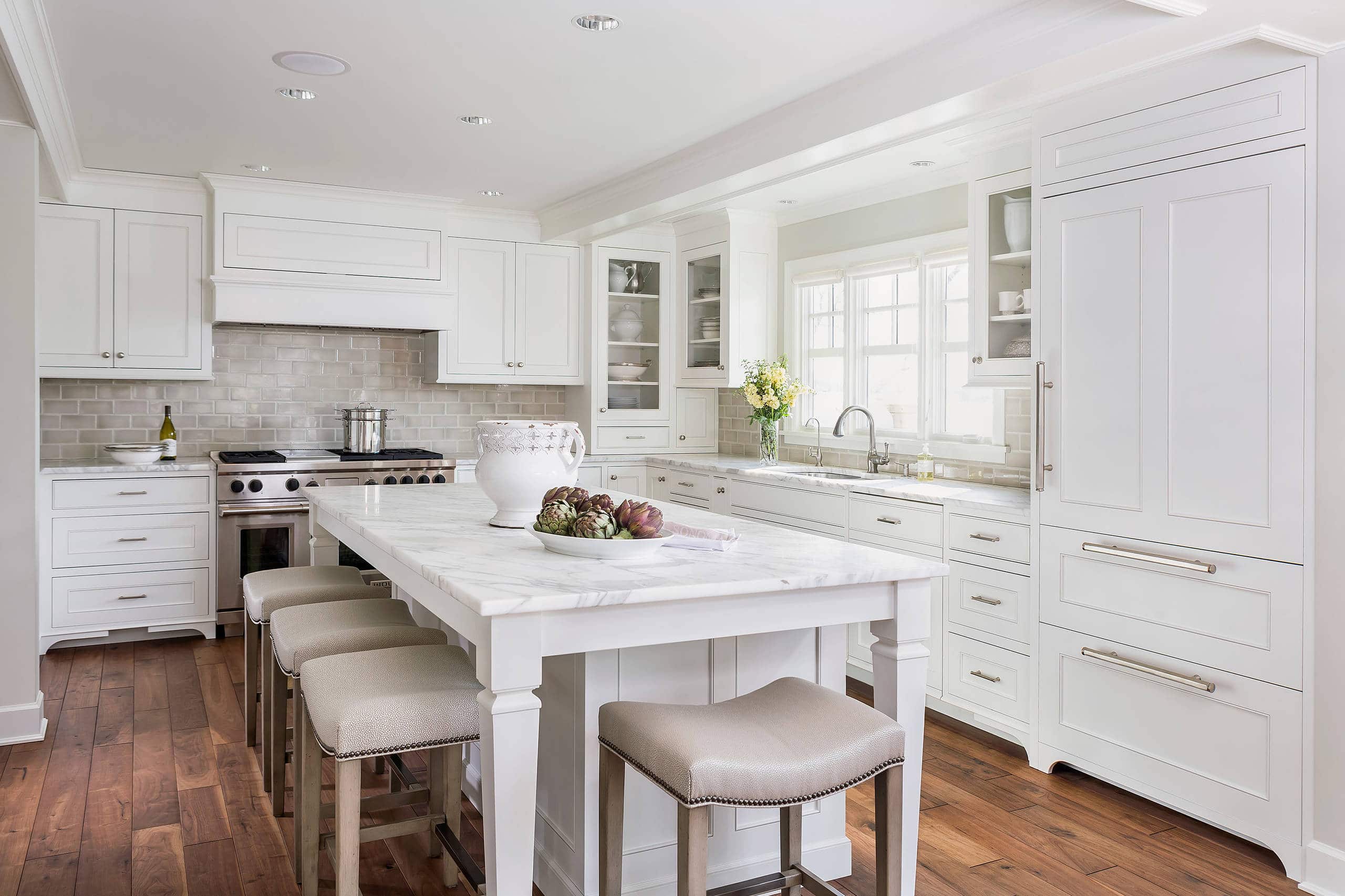
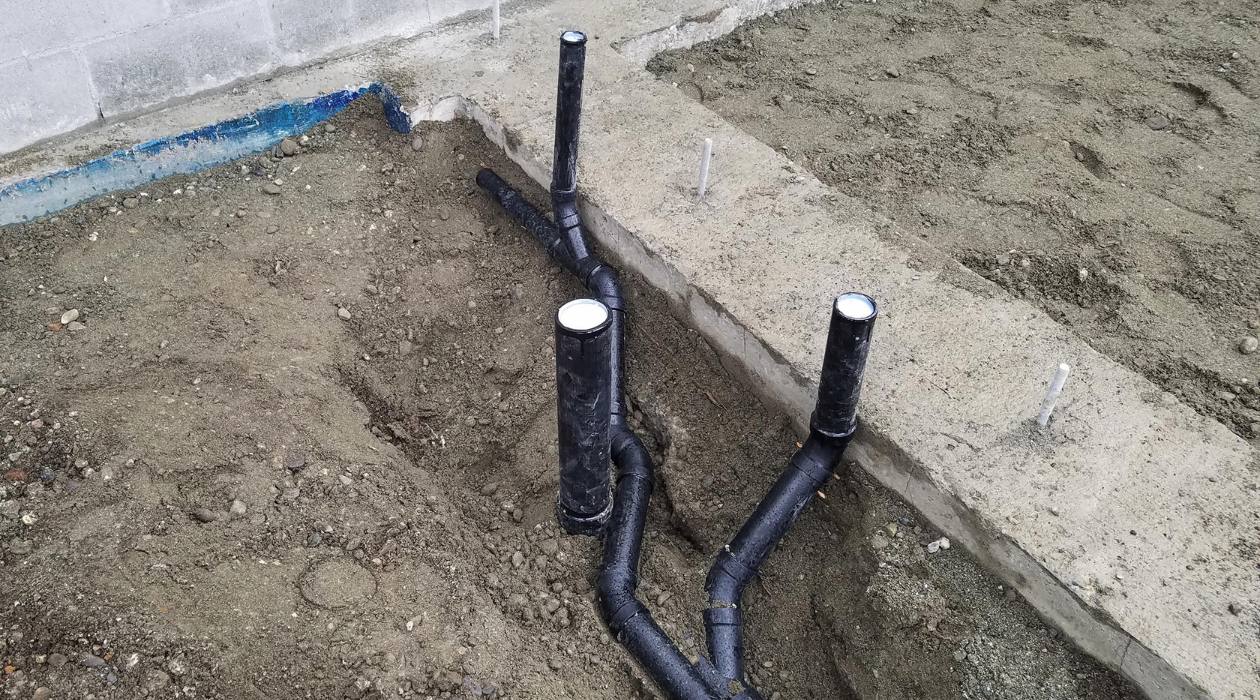
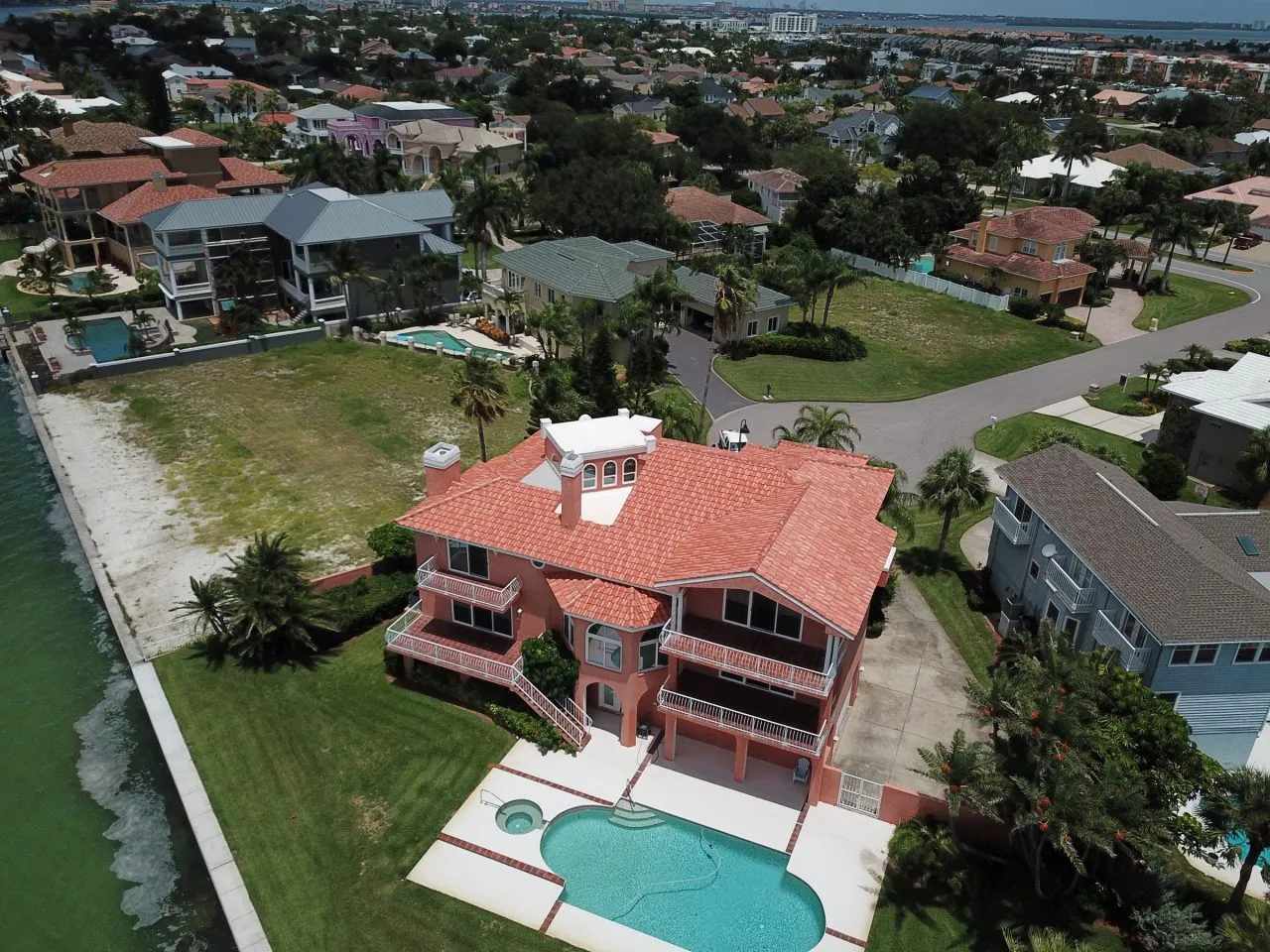
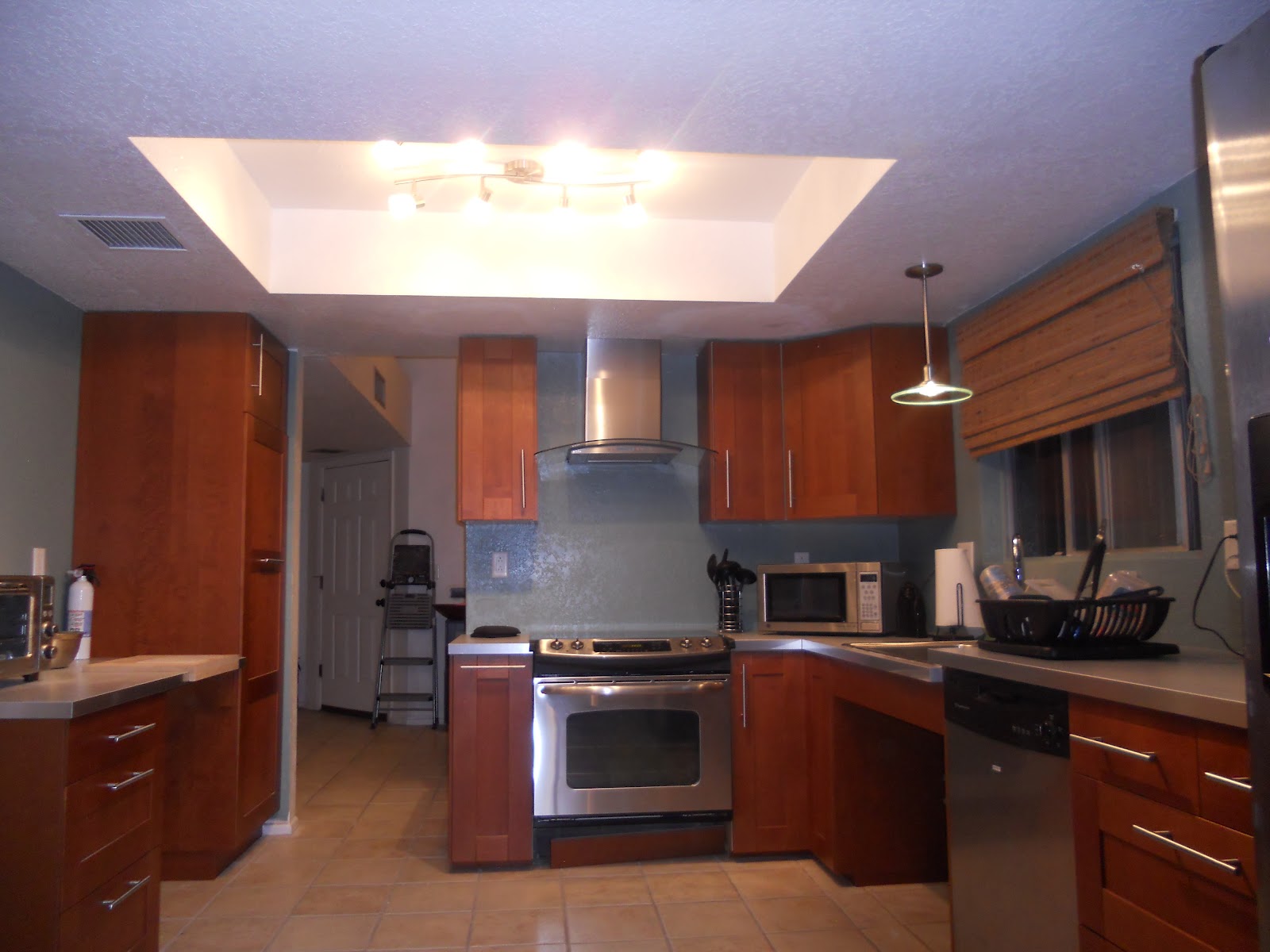
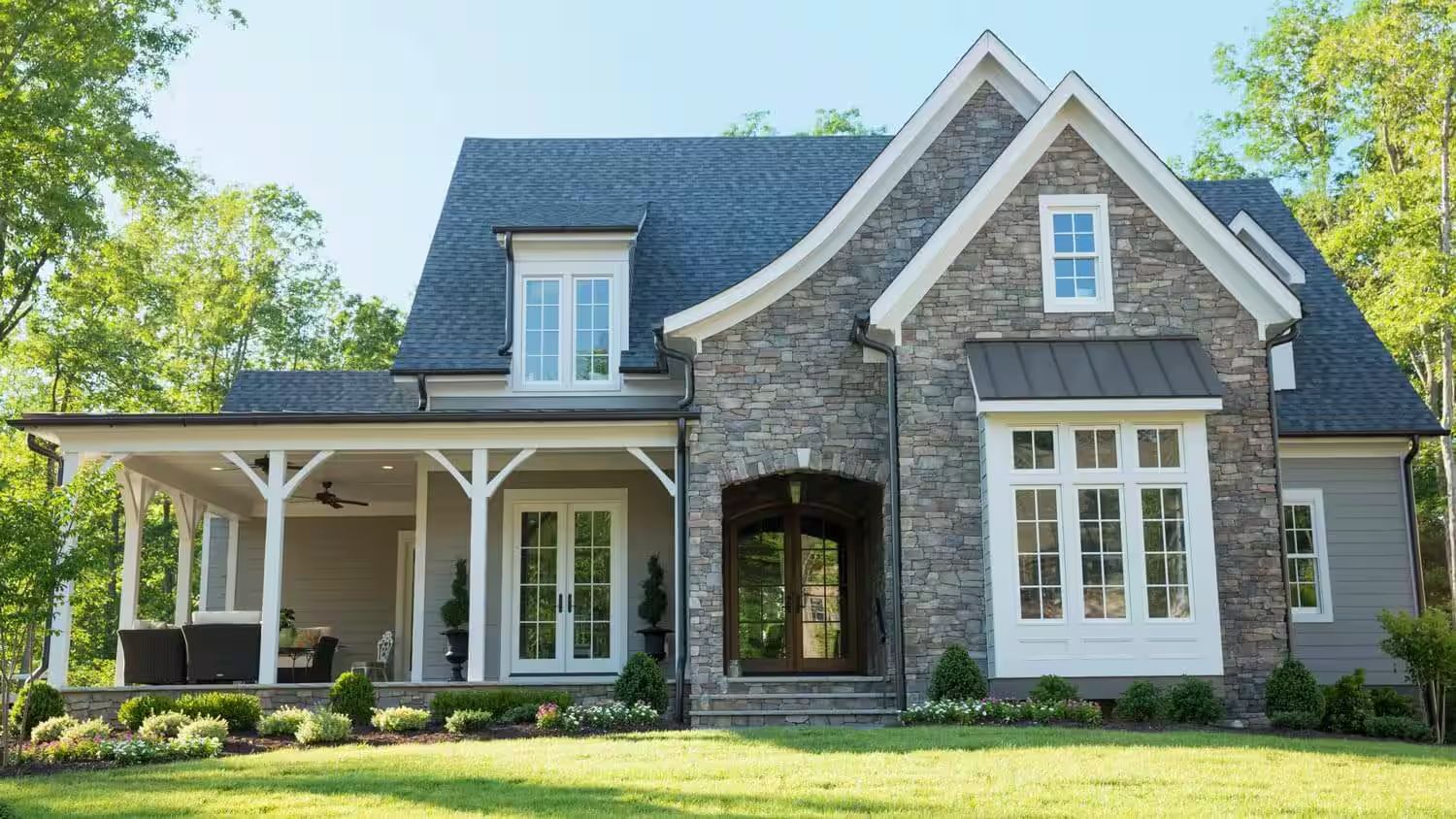
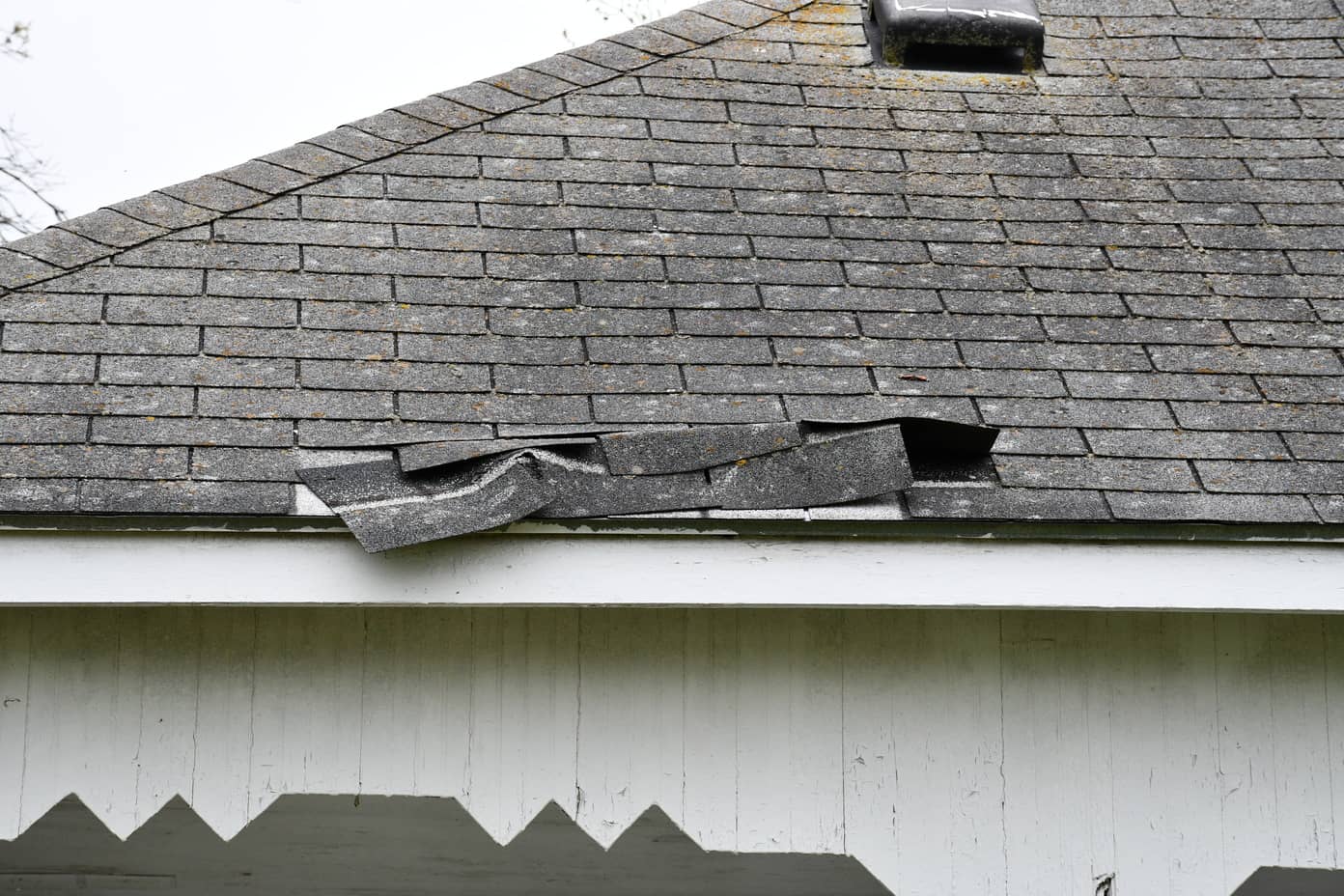
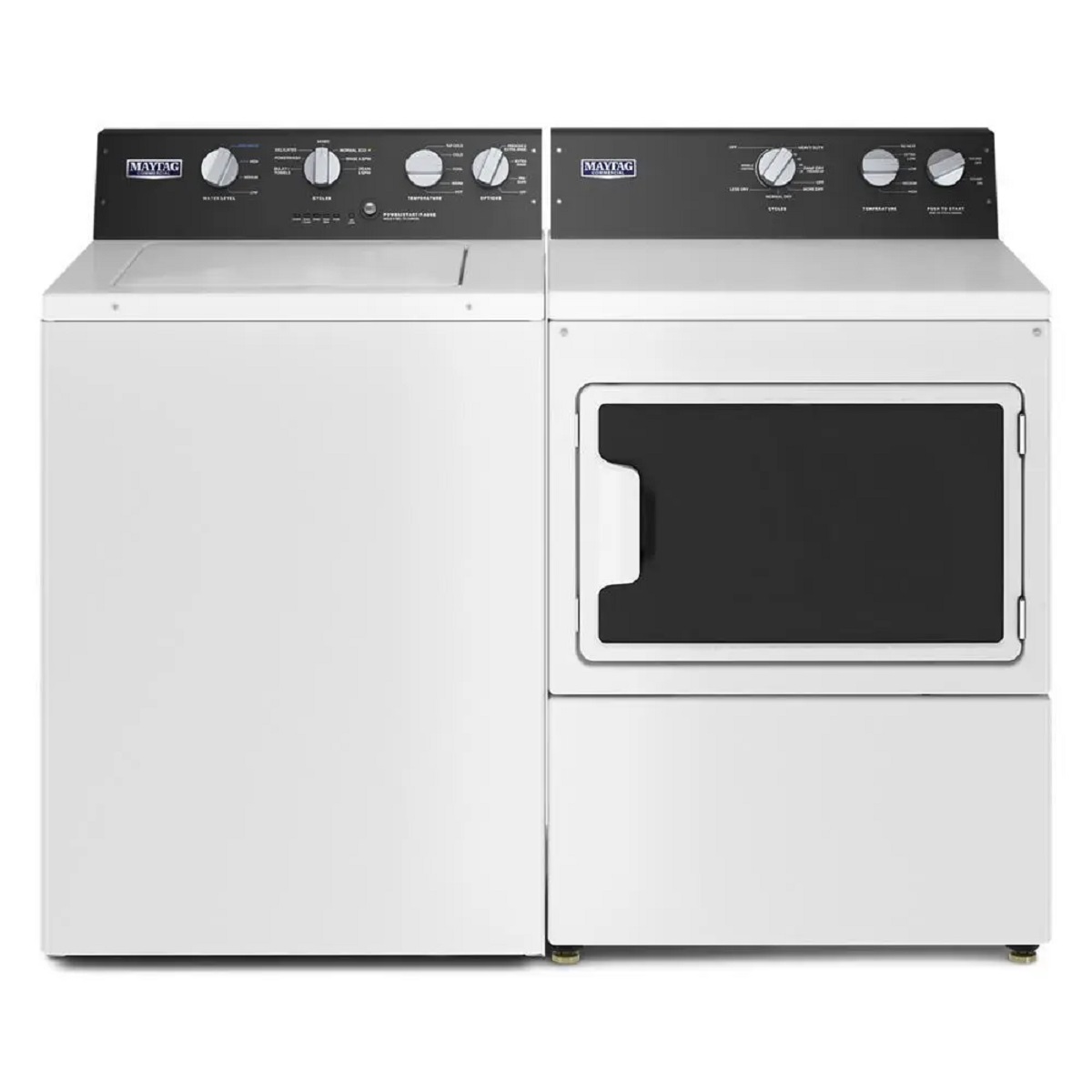
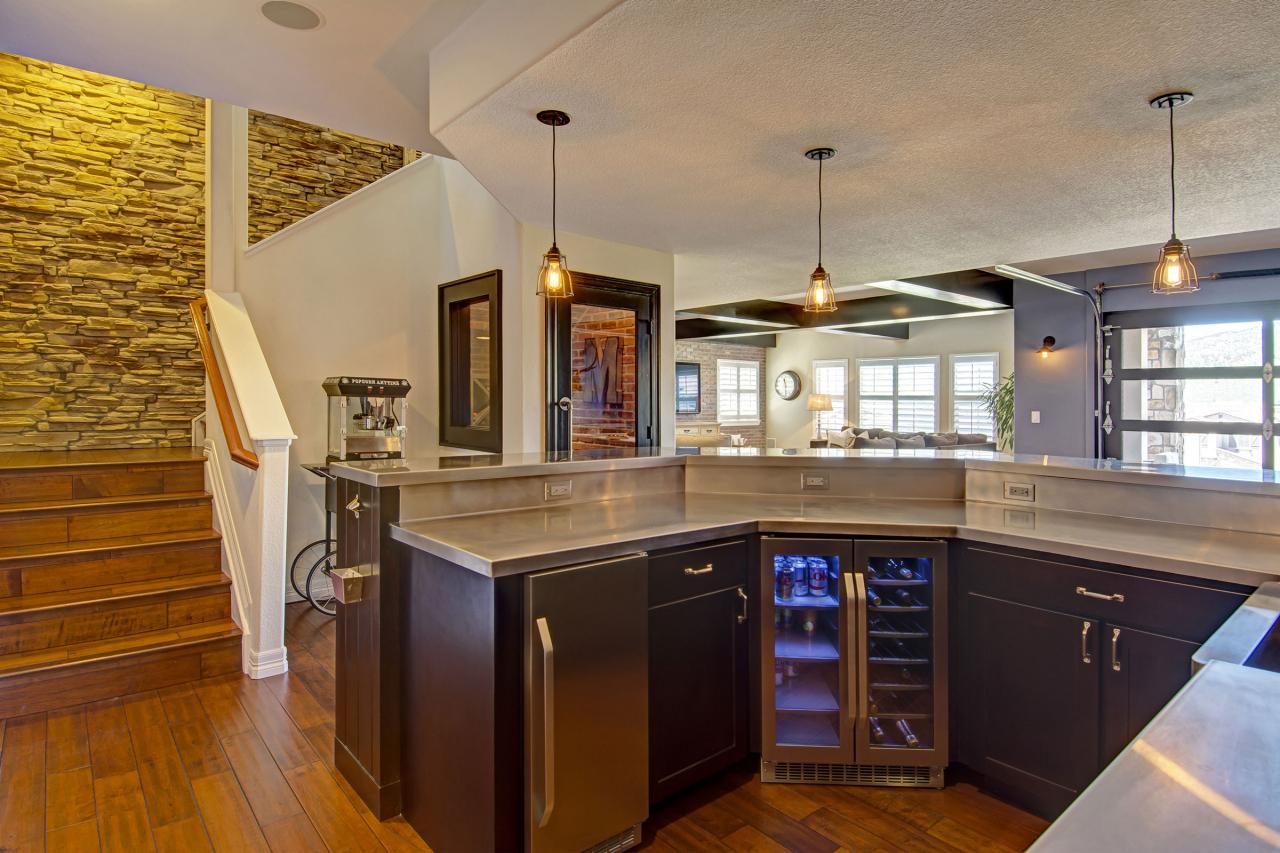
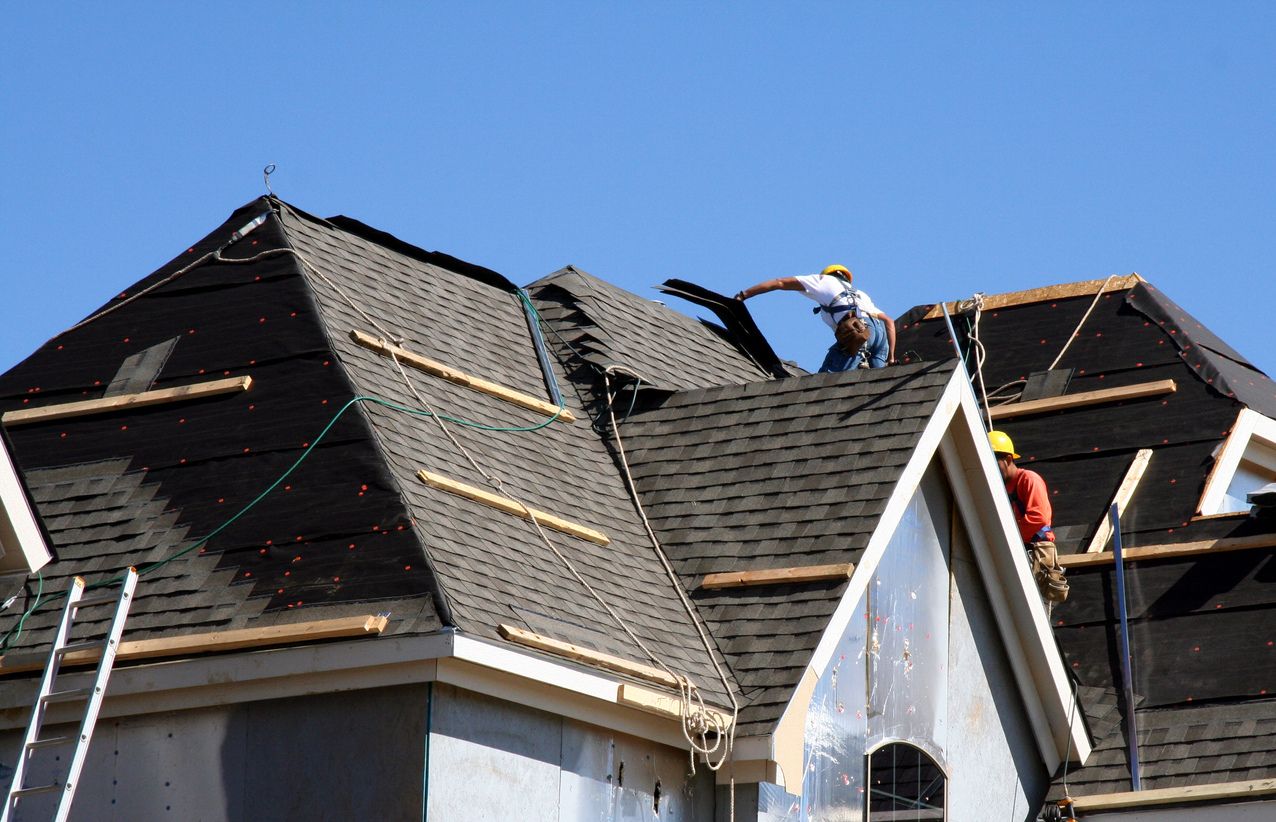
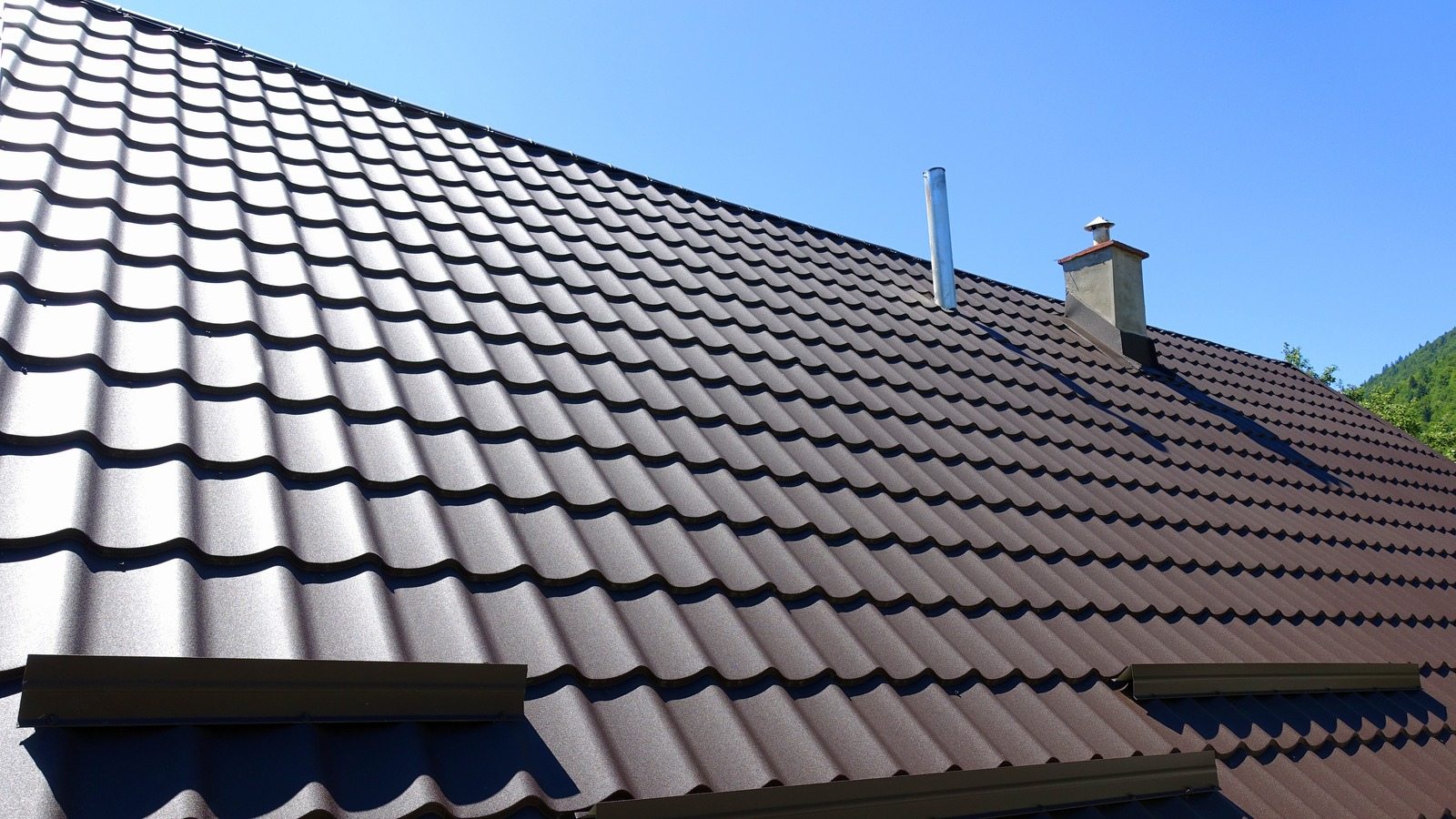
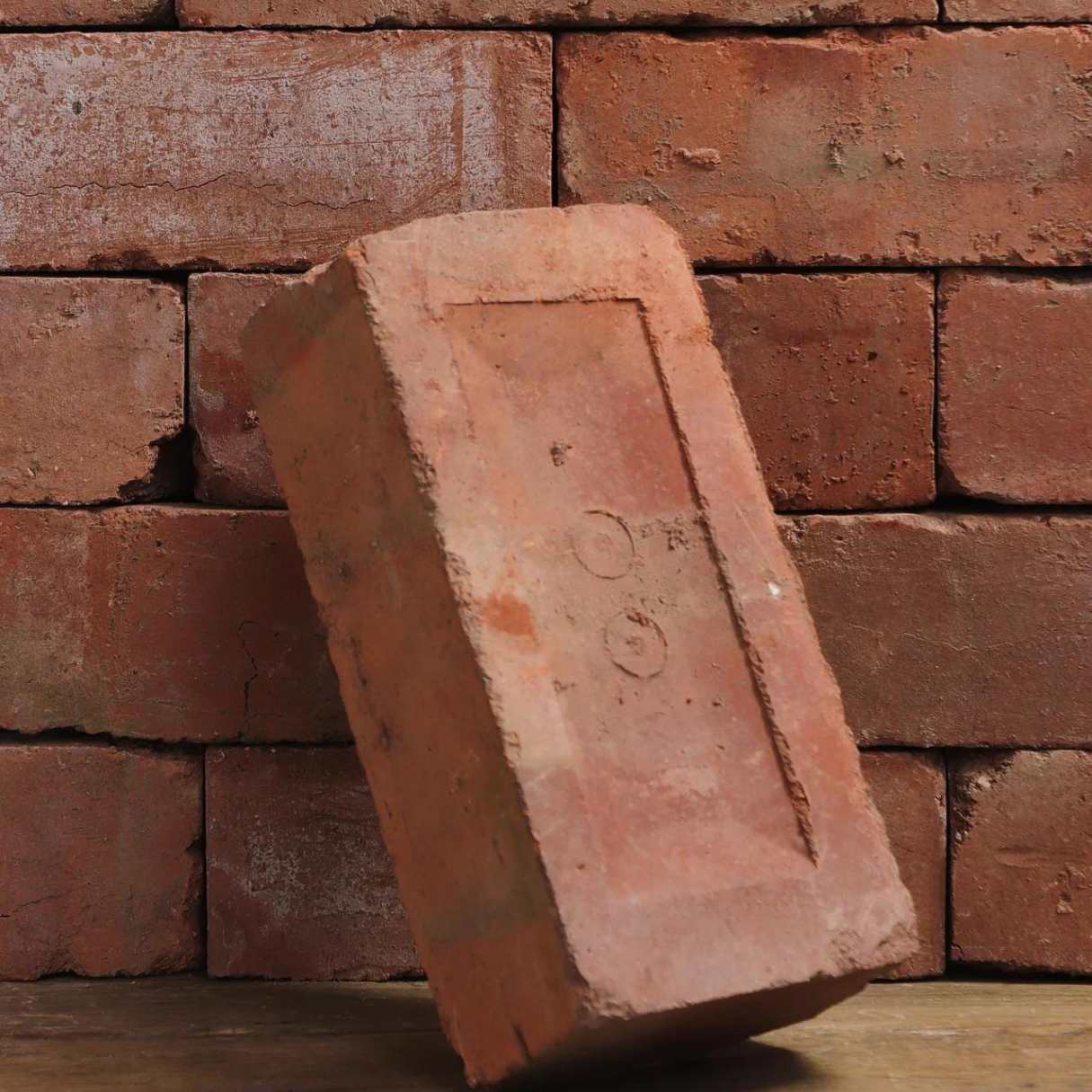

0 thoughts on “10 New Kitchen Surface Materials That Make A Statement”